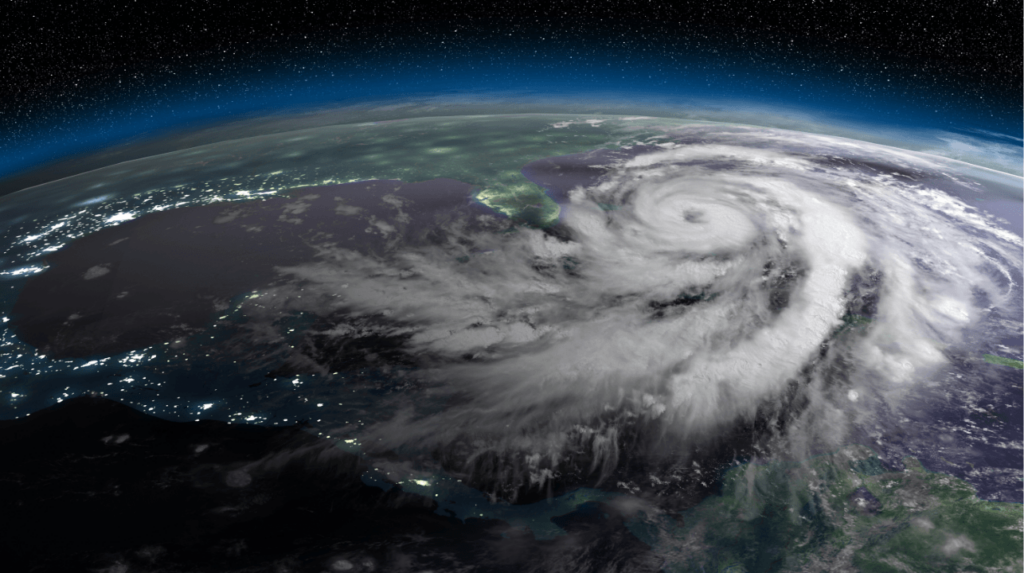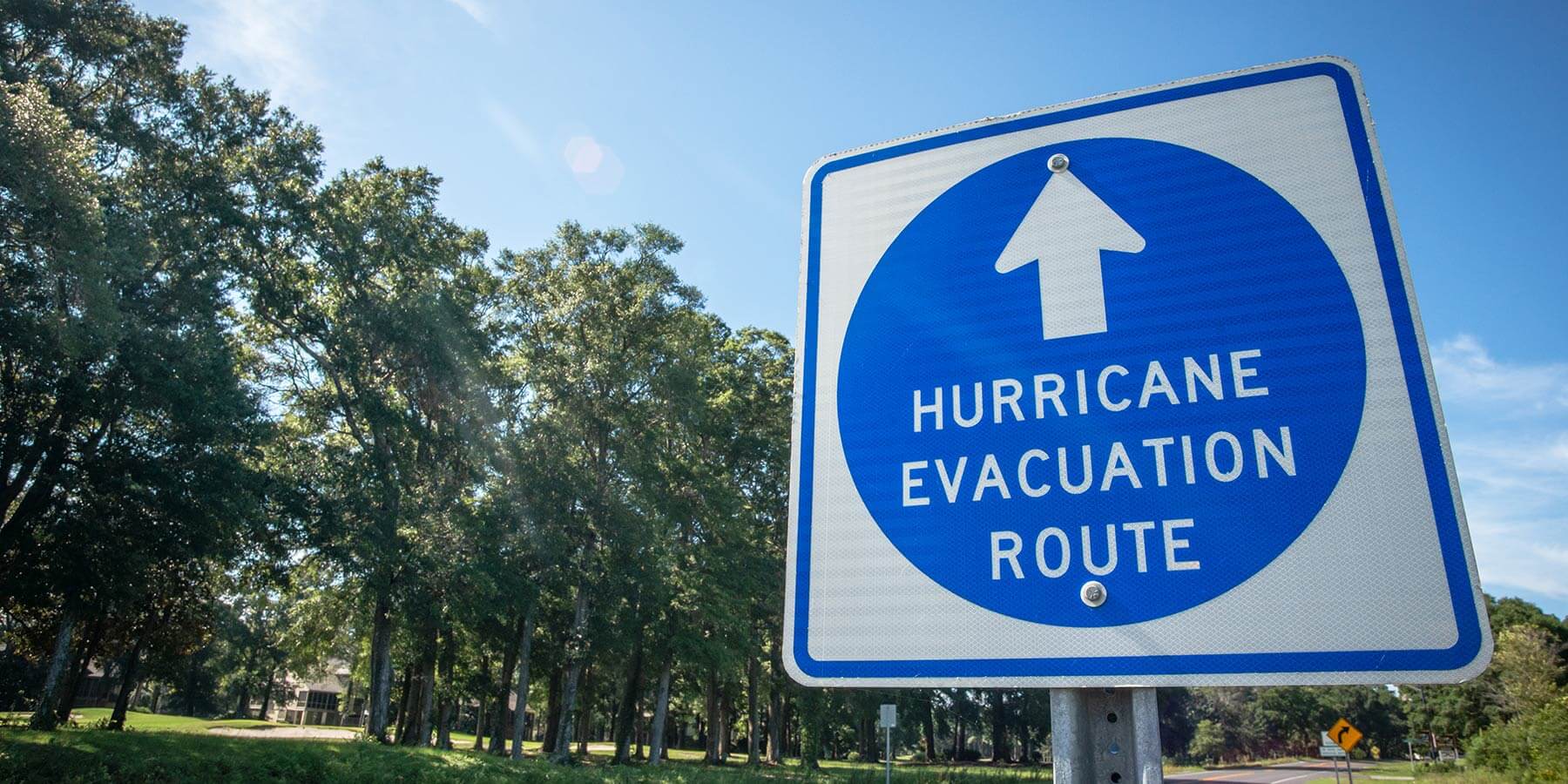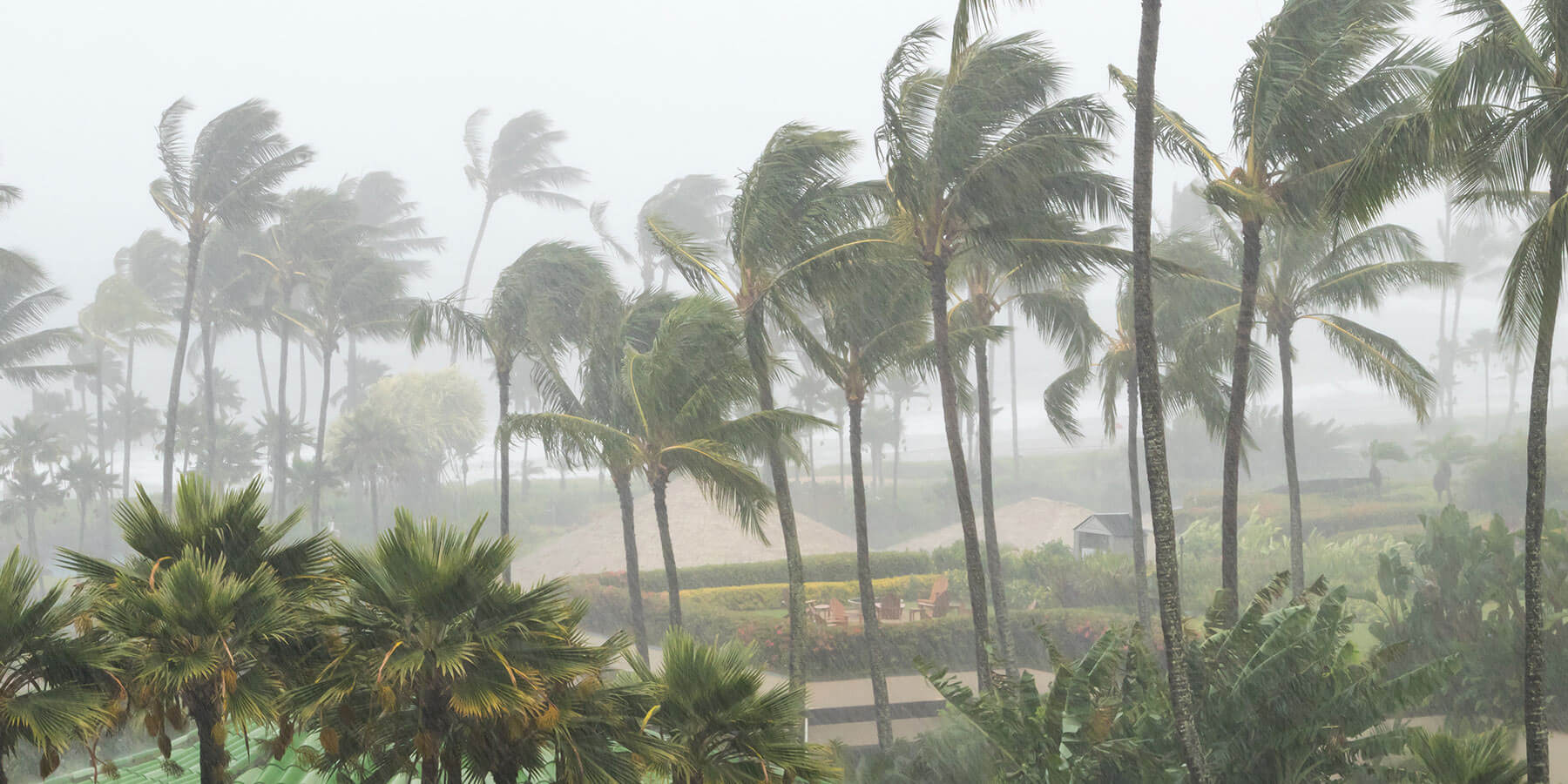As of the morning of Thursday, August 31, Idalia remains a tropical storm as it moves offshore from the coast of northeastern South Carolina, about 65 miles (105 km) southwest of Wilmington, North Carolina, carrying winds of 60 mph. Idalia was expected to curl eastward and out into the Atlantic on Thursday night.
Idalia made landfall early Wednesday, August 30 on Florida’s Gulf Coast as a powerful Category 3 storm. It was the strongest hurricane to make landfall in the Big Bend region (the nook between the panhandle and peninsula) in more than 125 years. Storm surge from Idalia is setting records for highest water levels in multiple locations from Tampa Bay through Big Bend along the Gulf coastline.
Electricity outages from fallen trees, utility poles and power lines were widespread. In all, more than 283,000 homes and businesses were without power in Florida, Georgia, and the Carolinas early on Thursday, according to Poweroutage.us.
The White House announced that the President formally declared a major disaster in Florida following Hurricane Idalia. A White House statement said: “The President’s action makes Federal funding available to affected individuals in the counties of Citrus, Dixie, Hamilton, Lafayette, Levy, Suwannee, and Taylor.” Biden spoke with Florida Gov. Ron DeSantis earlier Thursday to inform him of the declaration.
DeSantis said Hurricane Idalia caused “significant damage particularly along Florida’s Big Bend, but the community is resilient.” “We are going to work hard to make sure people get what they need,” the governor said at a post-storm briefing alongside state and Federal Emergency Management Agency (FEMA) officials.



